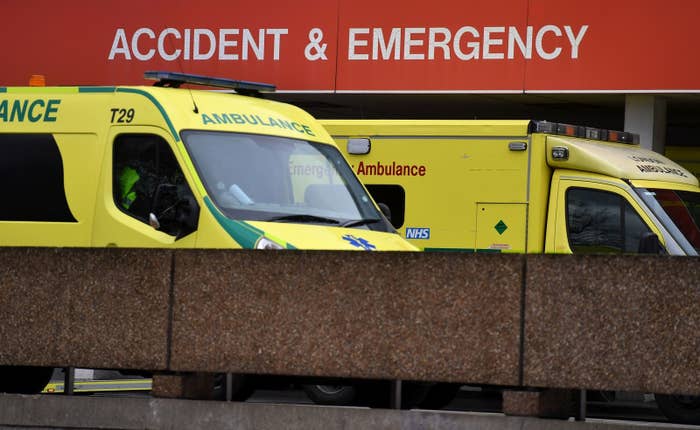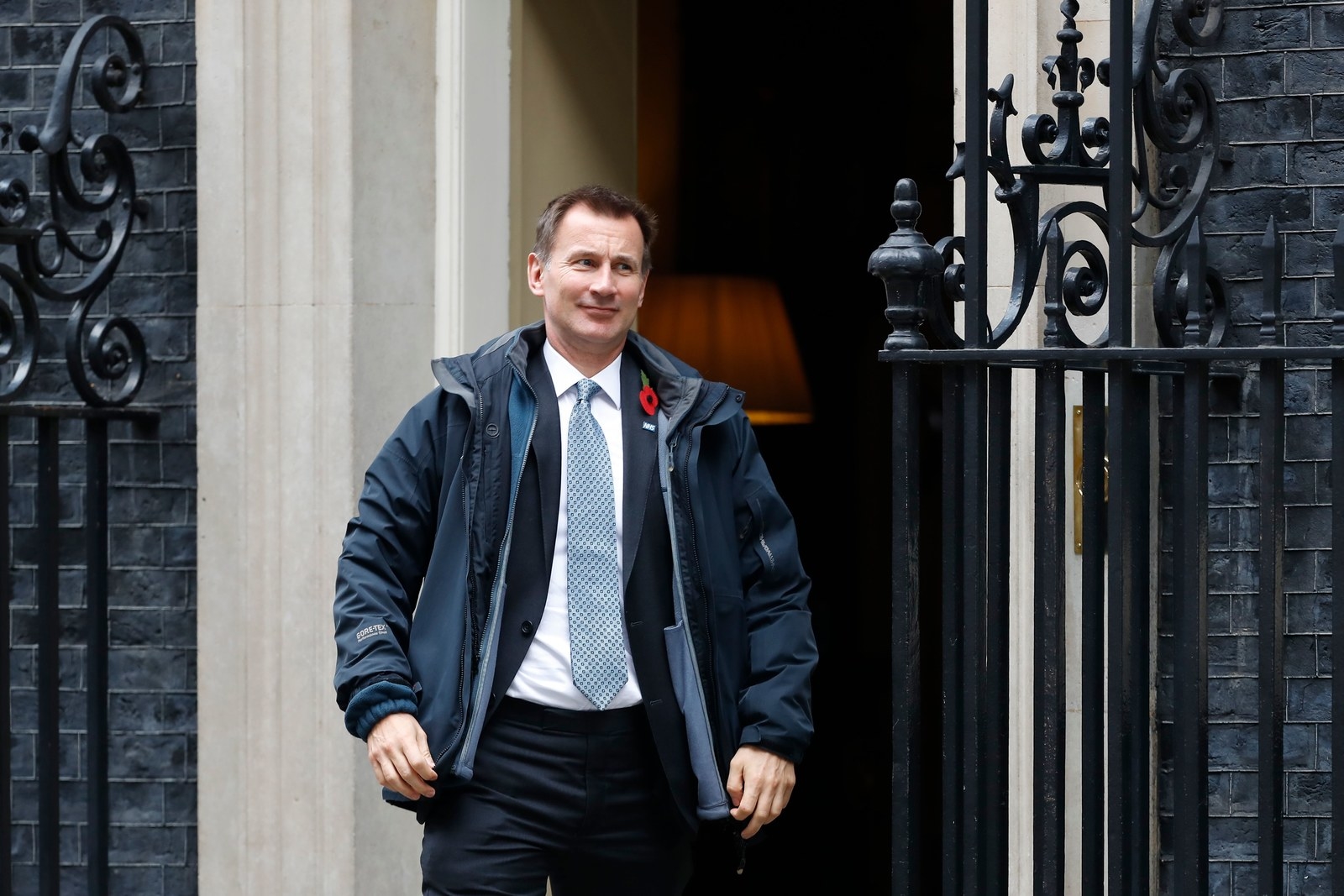
Overcrowding in the accident and emergency department of an NHS trust hospital in England is so bad that some patients have been forced to use bedpans in a corridor because there is no space for them on wards, BuzzFeed News has been told.
A senior hospital nurse with 15 years experience in A&E said it was "possibly the worst I've seen it".
The nurse, a senior sister for 10 years who spoke to BuzzFeed News on the condition of anonymity, said that last week, staff "very reluctantly" opened a back corridor to accommodate elderly patients.
She said it can get too cold for elderly people in the main area of the A&E department when doors are opened to receive ambulances, but that they are often forced to sit there because holding bays, cubicles, and resuscitation bays are already overflowing.
"You still get a lot of minor things coming through, but in terms of trolleys and having patients that you can’t sit out in waiting areas, it’s the elderly. That’s what’s really heartbreaking," the nurse continued.
"I’m putting someone on a bedpan on a corridor with screens around it and I’m apologising to the family, saying 'I’m so sorry, this is just horrendous.' That was a real new low for me. I’ve not had to do that before."
The NHS this winter. Too few beds. Too few staff. Nurses sent out to buy emergency Argos travel cots for children.… https://t.co/gamQe4SiXn
She said that despite the "horrendous" conditions, patients were understanding. "They’re seeing it all so they say they understand that we’re doing our best," she said. "You have to sort of think, I’m doing the best I can in the conditions we are in."
In NHS England's latest weekly winter operational figures released today, hospital trusts reported bed occupancy levels of 94.6% – up slightly from 94.5% the previous week. According to the National Audit Office, hospitals should expect bed shortages when occupancy levels rise above 85%.
This week's figures also showed 11,852 people waiting in ambulances for more than 30 minutes because there was no room to hand them over to A&E, up from 10,184 last week, while 2,337 people waited more than an hour, up from 1,844 last week.
"Every year we say that it feels really bad, but I actually said to staff on Monday that this is a new low," the nurse said. "You go low, and then you go lower, and you don’t believe you can go any lower than that."
The nurse said she believed the difficulty stemmed from an ageing population facing infections and respiratory illnesses during cold winter months, and a lack of space in the rest of the hospital to move them out of A&E.
"A&E would work as A&E if the patients who needed to be admitted were moved quickly into another area that’s more appropriate," she said. "There’s pressure everywhere, but the problem you’ve got in A&E is it’s such a bottleneck.
"When the wards are full they say no. When we’re full we can’t say no. So you’ve got that bottleneck of pressure constantly."
Mike McLaughlin, a junior doctor specialising in emergency medicine, said they also were feeling the pressure at his hospital in the north of England.
"We're certainly seeing an increase in patients and in those waiting longer in the department," he told BuzzFeed News. "We've been worried for some time that we we're not seeing the dip in spring and summer that we usually see, and about what this means for winter attendances."
A senior A&E doctor at a hospital in the south of England who asked not to be named agreed that the increase in year-round pressures in the NHS meant that winters, when hospitals expect to treat more patients, had become even harder.
"I don’t necessarily see that it’s a winter crisis," he said. "This has been going on all year. It’s a bit worse now, but the problems are the same. It's just that the magnitude is slightly greater."
He described having to keep patients waiting on trolleys for lengthy periods of time over the last week because there was no space for them to be admitted to wards.
"There have been no beds. To the extent that patients are coming in and if they need to be admitted, they're are waiting 8, 12, 14, 16 hours," he said.
"The issue is if there isn’t a bed the only place to wait is in the emergency department. We try as much as we can to make that as comfortable as possible."

A spokesperson for NHS England noted that there were more beds available than this time last year and that more patients were being treated in under four hours. "Combined with additional winter funding being allocated to trusts, this means the originally planned 2,500 extra bed availability will be on stream over the coming winter period," the spokesperson said.
But Dr Amar Mashru, an emergency medicine specialist in London, said that NHS England's latest figures told the "devastating story" of a health service that has not received enough funding in recent years.
"They are the story of failed austerity — the horrific wake-up call that cutting the number of staff, beds, and resources per capita means the certainty that you will be kept safe if you fall ill has rapidly faded away," he said. "There is no politician standing in the waiting room apologising for the five-hour wait to see a doctor because of 'efficiency savings'."
He added: "We are not able to do our job properly, and I’m sorry we can’t give patients the care they deserve."
